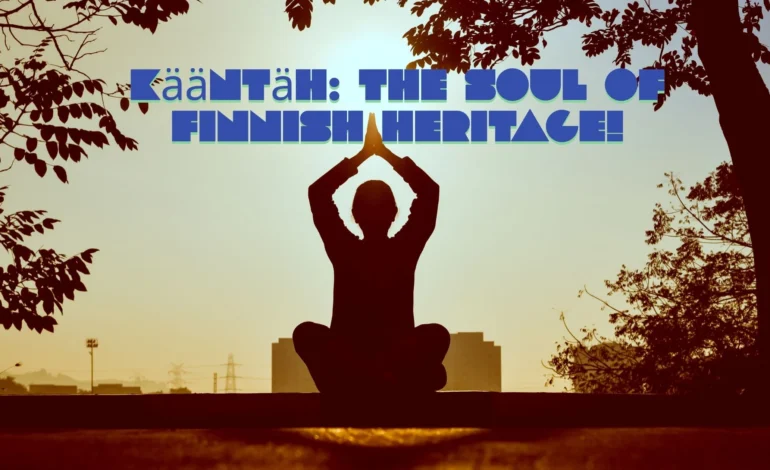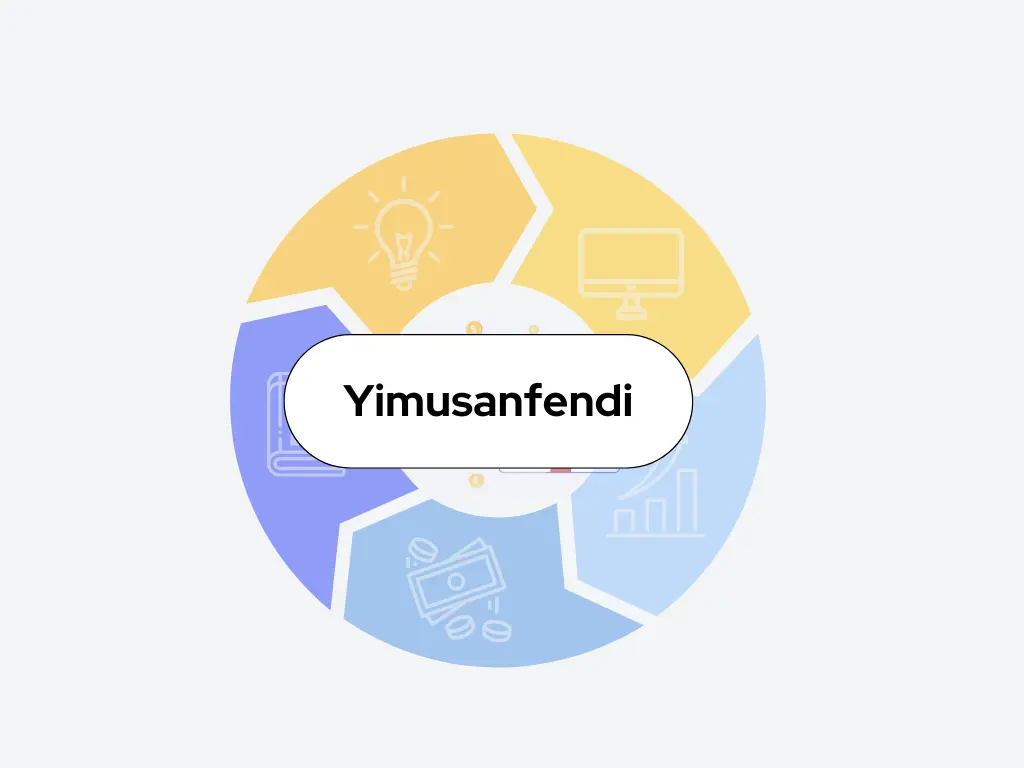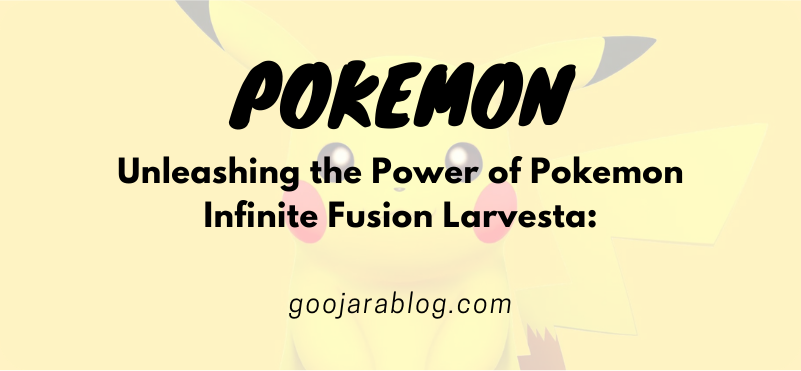
Kääntäh: The Soul of Finnish Heritage!
In an ever-globalizing world, preserving unique languages and cultural identities is vital for future generations. One such language that holds profound significance in Finnish culture is Kääntäh.
Kääntäh is a term that encapsulates the essence of a unique linguistic and cultural heritage rooted in Finnish traditions.
This article explores Kääntäh’s origins, linguistic characteristics, cultural importance, and role in contemporary Finnish society, emphasizing its relevance in a modern context.
Understanding Kääntäh!
Table of Contents
What is Kääntäh?
Kääntäh is more than just a language; it is a representation of Finnish culture, history, and identity. Rooted in ancient traditions, it reflects the spirit and values of the Finnish people. The word “Kääntäh” itself symbolizes movement and change, mirroring the adaptability of the Finnish language over centuries.
Historical Background!
Ancient Roots:
Kääntäh has its roots in the early settlements of Finland, where it was primarily an oral language. Early Finnish communities relied on Kääntäh for daily communication, storytelling, and passing down traditions. The ancient dialects formed the foundation of what would later evolve into the modern Finnish language.
Influence of Geography:
The geographical landscape of Finland, with its forests, lakes, and islands, influenced the development of Kääntäh. The isolation of various communities led to the creation of distinct dialects, each with unique vocabulary and expressions. This diversity enriches the overall linguistic tapestry of Kääntäh.
Linguistic Features of Kääntäh!
Phonetics and Pronunciation:
- Vowel Harmony: A key feature in Finnish, where vowels within a word harmonize to either front or back vowels.
- Consonant Gradation: A unique aspect where consonants change according to grammatical rules, affecting how words are pronounced.
- Syllable Structure: Predominantly follows a simple consonant-vowel pattern, making it melodic and rhythmic.
Vocabulary and Expressions:
Kääntäh’s vocabulary is rich and diverse, reflecting the cultural and natural environment of Finland:
- Nature-Inspired Words: Many words relate to nature, highlighting the Finnish connection to their surroundings.
- Cultural Terminology: Words that encapsulate specific Finnish traditions, beliefs, and practices.
- Loanwords: Incorporation of words from neighbouring languages, showcasing cultural exchange.
Grammar and Syntax:
- Cases: Kääntäh uses numerous grammatical cases to convey meaning, allowing for nuanced expression.
- Word Order: While generally subject-verb-object, Kääntäh allows for flexibility in word order, which can emphasize particular parts of a sentence.
- Inflexion: Words change form based on tense, number, and mood, providing depth to the language.
The Cultural Significance of Kääntäh!
Language as Identity:
- Cultural Heritage: Through its unique expressions and idioms, Kääntäh preserves Finnish history and traditions.
- Community Bonding: Speaking Kääntäh fosters a sense of belonging and unity among speakers.
- Cultural Pride: The language is a source of pride for many Finns, representing resilience against cultural homogenization.
Kääntäh in Arts and Literature:
- Poetry and Prose: Many Finnish authors write in Kääntäh, using its rich vocabulary and nuances to convey deep emotions and cultural narratives.
- Music and Song: Traditional Finnish music often features lyrics in Kääntäh, celebrating the beauty of the language.
- Visual Arts: Kääntäh’s cultural themes inspire visual artists, who incorporate language and symbolism into their works.
Rituals and Ceremonies:
- Weddings and Funerals: Language plays a significant role in expressing emotions and cultural beliefs during these important life events.
- Festivals and Celebrations: Kääntäh is often spoken during festivals, reinforcing community ties and cultural heritage.
- Religious Practices: In spiritual contexts, Kääntäh enriches prayers and rituals, connecting the community to their beliefs.
The Role of Kääntäh in Contemporary Society!
Challenges of Modernization:
- Globalization: The dominance of English and other global languages threatens the use of Kääntäh.
- Urbanization: As people move to urban areas, traditional language practices may decline.
- Cultural Assimilation: Younger generations may prioritize global culture over their linguistic heritage.
Efforts for Preservation:
- Education Programs: Schools are incorporating Kääntäh into their curricula, ensuring that young people learn and appreciate their linguistic heritage.
- Cultural Organizations: Groups dedicated to promoting Kääntäh host workshops, cultural events, and festivals celebrating the language.
- Digital Resources: The rise of technology has led to the creation of online platforms and resources aimed at teaching Kääntäh and making it accessible to a broader audience.
The Future of Kääntäh!
Embracing Innovation:
- Language Apps: Development of mobile applications that teach Kääntäh through interactive methods.
- Social Media: Utilizing platforms to engage younger audiences and create content in Kääntäh, making the language relevant to contemporary life.
- Cultural Collaborations: Partnerships between artists, educators, and linguists to create programs that celebrate and promote Kääntäh.
Community Involvement:
- Local Events: Organizing community events focused on Kääntäh, including storytelling nights, poetry readings, and traditional music performances.
- Mentorship Programs: Connecting fluent speakers with learners to foster a deeper understanding and appreciation of the language.
- Cultural Exchange: Promoting cultural exchanges that highlight Kääntäh’s significance on international platforms.
The Impact of Globalization on Kääntäh!
Cultural Homogenization:
In an increasingly interconnected world, globalization poses significant challenges to the preservation of Kääntäh and Finnish cultural integrity. The dominance of global languages, particularly English, has led to a trend of cultural homogenization, where unique linguistic identities risk being overshadowed by more widely spoken languages.As Finnish society becomes more influenced by global trends, the use of Kääntäh may decline, particularly among younger generations who may prioritize proficiency in global languages for economic and social opportunities.
Resilience and Adaptation:
Despite these challenges, Kääntäh has demonstrated remarkable resilience. Many Finnish speakers actively engage in efforts to promote the language and raise awareness of its cultural significance. This resilience is evident in the emergence of social media platforms dedicated to Kääntäh, where individuals share stories, poetry, and cultural insights, fostering a sense of community among speakers.
Furthermore, artists and musicians increasingly incorporate Kääntäh into their work, using the language to convey authentic Finnish narratives and connect with a broader audience. This creative expression serves as a powerful tool for revitalizing interest in Kääntäh and showcasing its beauty and depth.
The Future of Kääntäh!
Emerging Trends:
Looking ahead, the future of Kääntäh hinges on concerted efforts to preserve and promote linguistic diversity. As interest in holistic health and wellness continues to grow, Kääntäh is emerging as a popular practice for cultivating physical and mental well-being. From specialised workshops to online classes, the future of Kääntäh holds endless possibilities for expansion and innovation.
Additionally, integrating technology into language learning presents exciting opportunities for Kääntäh. Virtual reality experiences that transport learners to Finnish landscapes and interactive language apps can enhance the learning experience and engage a wider audience.
FAQs:
What does Kääntäh mean?
Kääntäh is a Finnish term that symbolizes both the language and its cultural significance, reflecting the identity and heritage of the Finnish people.
Why is Kääntäh important to Finnish culture?
Kääntäh serves as a key identifier of Finnish culture, preserving traditions, values, and community bonds while contributing to the national identity.
Can non-Finns learn Kääntäh?
Yes, while Kääntäh may present challenges due to its unique features, with dedication and resources, non-Finns can learn and appreciate the language.
How is Kääntäh being preserved today?
Efforts to preserve Kääntäh include educational programs, cultural events, and digital resources that promote its use and appreciation among younger generations.
What are the main challenges Kääntäh faces?
Kääntäh faces challenges from globalization, urbanization, and cultural assimilation, which threaten its use and transmission to future generations.
Conclusion:
Kääntäh represents the essence of Finnish culture and identity. Its rich history, unique linguistic features, and cultural significance underscore the importance of preserving this ancient language in the face of modern challenges. As efforts to promote and protect Kääntäh continue, the language will remain a vital part of Finland’s heritage, ensuring that future generations can connect with their roots and appreciate the beauty of their linguistic traditions.





